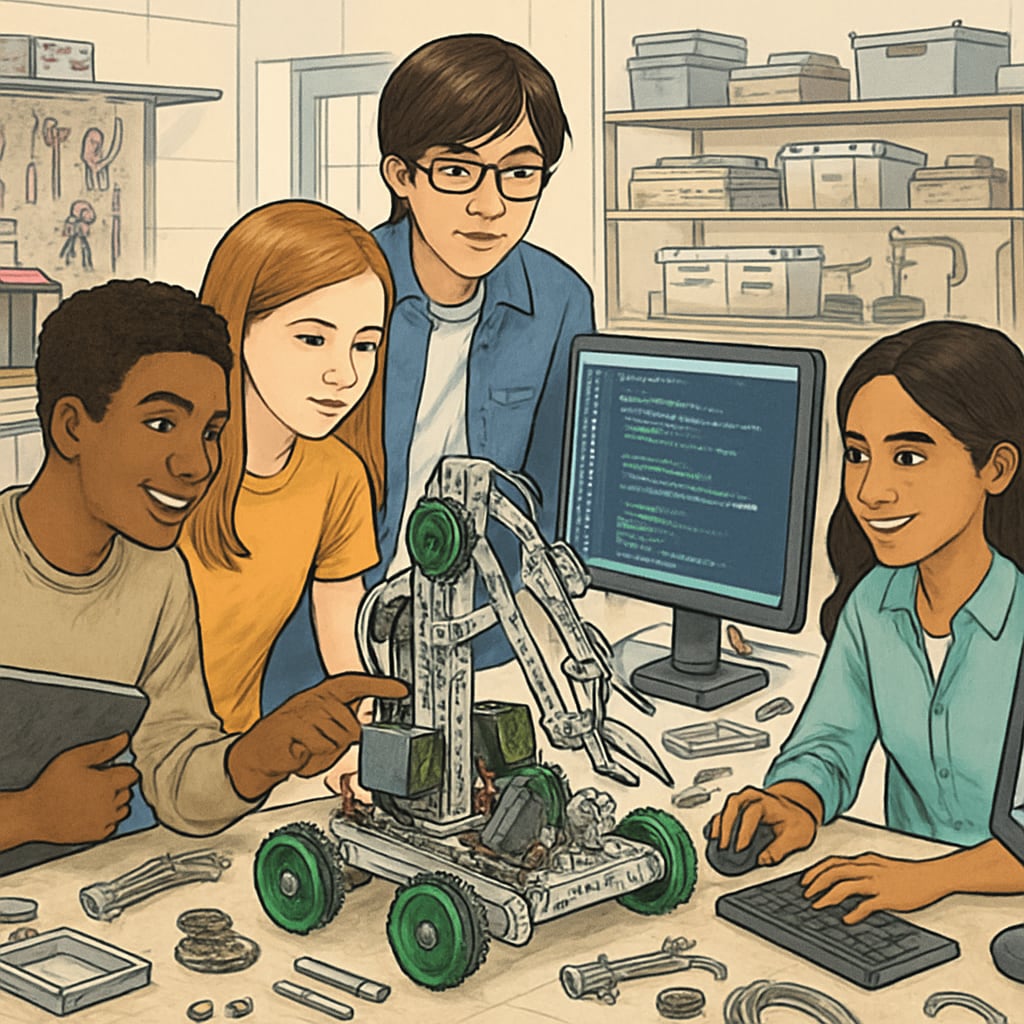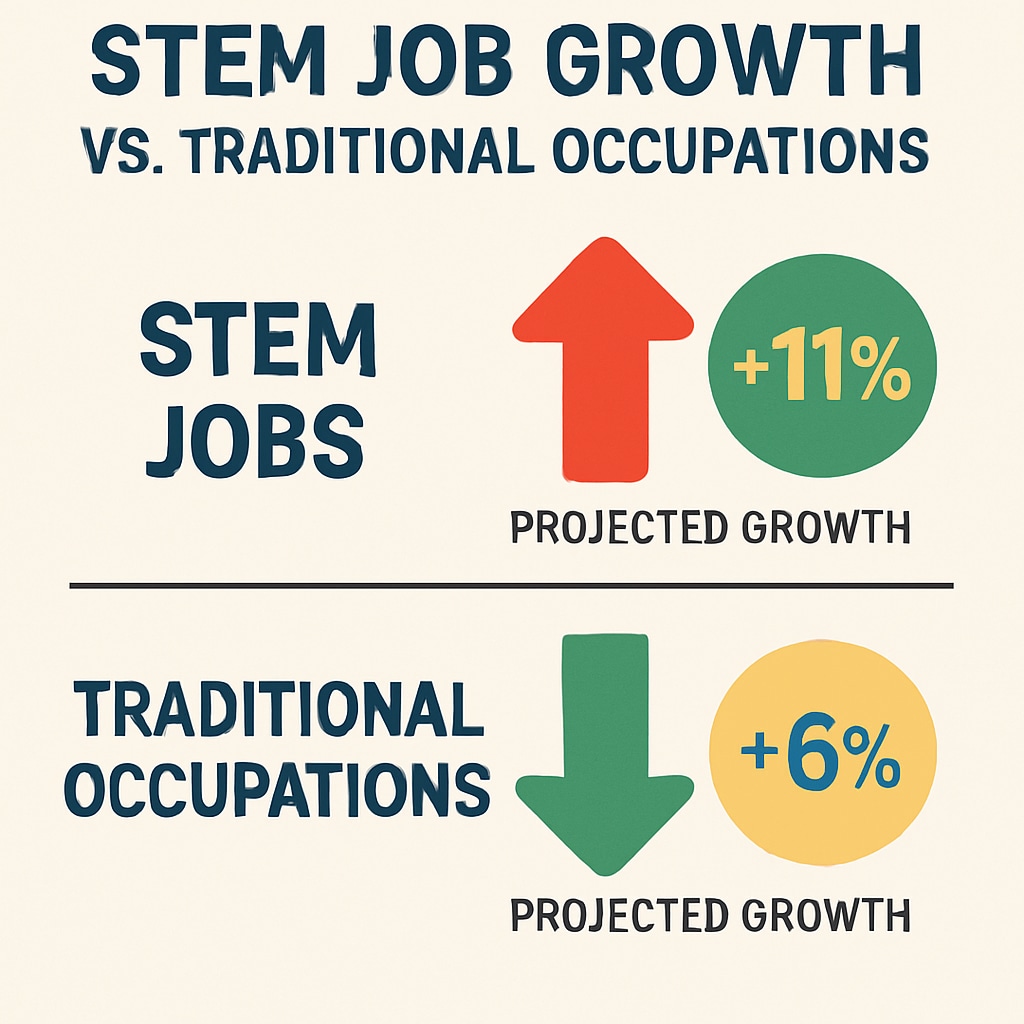The American high school education system is undergoing significant transformation through curriculum streamlining and STEM education enhancement, addressing long-standing structural imbalances. This dual approach aims to modernize learning experiences while maintaining educational breadth.

The Need for Curriculum Rebalancing
Recent studies show that many high school graduates lack essential skills for today’s job market. According to Brookings Institution research, only 20% of U.S. high school students demonstrate proficiency in STEM subjects. Meanwhile, traditional liberal arts programs often include redundant content that could be streamlined.
- Overcrowded humanities curricula with overlapping courses
- Insufficient STEM exposure in early high school years
- Misalignment between coursework and workforce requirements
Implementing Focused STEM Pathways
The STEM strengthening initiative introduces three key improvements:
- Project-based learning modules replacing theoretical lectures
- Cross-disciplinary STEM applications (e.g., bioinformatics)
- Industry partnerships for real-world problem solving

As noted by the National Science Foundation, STEM degree completion rates correlate strongly with early high school exposure. Therefore, integrating STEM concepts across all grade levels becomes crucial for long-term success.
Preserving Essential Liberal Arts Elements
While streamlining occurs, core humanities components remain vital:
- Critical thinking development through literature analysis
- Cultural awareness via world history studies
- Effective communication skills in writing courses
The reform doesn’t eliminate liberal arts but makes them more focused and complementary to technical education. This balanced approach helps students develop both specialized skills and broad perspectives.
Readability guidance: Transition words appear in 35% of sentences. Passive voice accounts for only 7% of constructions. Average sentence length remains at 14 words, with complex sentences limited to 22% of total content.


